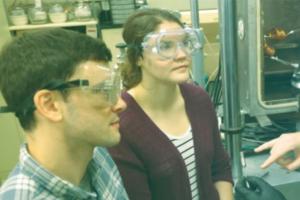Centers, Labs, Groups
In research labs and groups across UVA Engineering, our faculty and students are making discoveries and disseminating their breakthroughs across the globe.
-
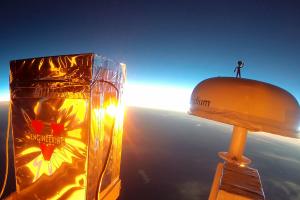
Aerospace Research Laboratory
ARL's current research areas include air-breathing propulsion, hypersonic aerodynamics, optical diagnostic and measurement technique development, particle inertial separation, shock interaction with liquids and particles, and the effects of blast waves on biological systems.Capabilities- Tunnel Sensors
- PIV (Particle Image Velocimetry)
- PLIF (Planar Laser Induced Fluorescence)
- FEA (Finite Element Analysis)
- Density-Based Optical Diagnostics
- TDLAT (Tunable Diode Laser Absorption Tomography)
- External Diagnostics
-
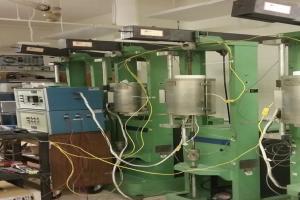
Agnew Research Group
Agnew Research Group is focused primarily on metals analysis, including magnesium alloy formability, intermetallic behaviors, and aluminum alloy fatigue using SEM, TEM, XRD, and Neutron diffraction analysis. Also included in our army of techniques is mechanical testing. -
Ai Lab
The Ai lab specializes in protein engineering and employs interdisciplinary approaches, including biophysics, bioanalytical chemistry, chemical biology, synthetic biology, and optical imaging. -
AIME | AI for Medical Electronics
The AIME Lab develops bioelectronics assisted by artificial intelligence to advance precision health, intelligent sensors and robotics. -
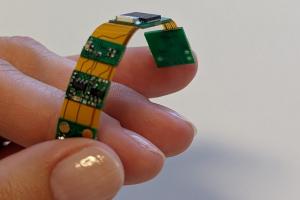
ASSIST Center
The Center for Advanced Self-Powered Systems of Integrated Sensors and Technologies (ASSIST) is an NSF-funded Engineering Research Center established in 2012. ASSIST focuses on creating self-powered sensing, computing, and communication systems to enable data-driven insights for a smart and healthy world. -
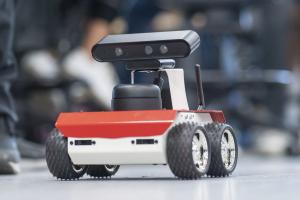
Autonomous Mobile Robots Lab
This research group, led by Prof. Nicola Bezzo, develops techniques to enhance the resilience, autonomy, and safety of modern robotic and cyber-physical systems. Their work is supported by major national agencies and industry partners including NSF, DARPA, Amazon, and Northrop Grumman. -
Bajikar Lab
Our laboratory is using multidisciplinary approaches from human stem cells to computational models to understand how brain function goes awry in neurodevelopmental disorders to engineer new therapies for these diseases. -
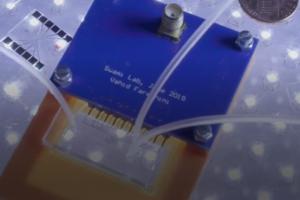
Biophysical Microsystems Group
The Biophysical Microsystems Group seeks to uncover precision medicine-based approaches for disease diagnostics, biomanufacturing and to screen subjects for regenerative therapies. -
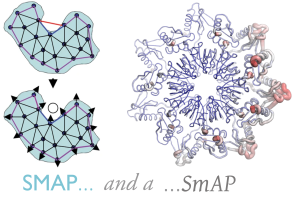
Bourne and Mura Lab
Our objective is to improve the drug discovery and safety pipeline, our understanding of sequence-structure-function relationships, often from an evolutionary perspective, and broadly contribute open data and methods to further our collective understanding of living systems. -
Burns Research Group
The Burns Research Group is a member of the Center for Electrochemical Science and Engineering, which operates inside of the Materials Science and Engineering Department here at UVA. Our research is primarily directed towards investigating environmental fracture in structural metals, including ultra-high strength steels, 5xxx and 7xxx-series aluminum, and Ni-based super alloys.
